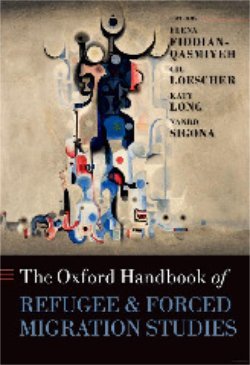By Tom K. Wong, Karina Shklyan, Anna Isorena and Stephanie Peng
How does interior immigration enforcement affect the day-to-day behaviors of undocumented immigrants? Although there is some evidence that points to a broad range of “chilling effects” that result when local law enforcement officials work with U.S. Immigration and Customs Enforcement (ICE) on federal immigration enforcement, the academic literature is surprisingly sparse. In this study, we embedded an experiment in a survey (n = 594) drawn from a probability-based sample of undocumented immigrants in order to better understand how the behaviors of undocumented immigrants are affected when local law enforcement officials do the work of federal immigration enforcement. When respondents are told that local law enforcement officials are working with ICE on federal immigration enforcement, they are 60.8 percent less likely to report crimes they witness to the police, 42.9 percent less likely to report crimes they are victims of to the police, 69.6 percent less likely to use public services that requires them to disclose their personal contact information, 63.9 percent less likely to do business that requires them to disclose their personal contact information, and are even 68.3 percent less likely to participate in public events where the police may be present, among other findings.
La Jolla, CA: U.S. Immigration Policy Center, University of San Diego, 2019. 24p.





















